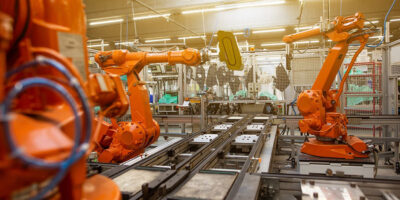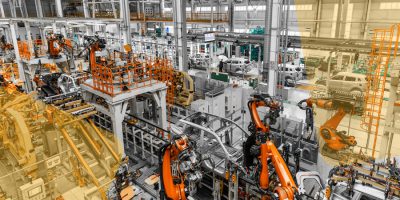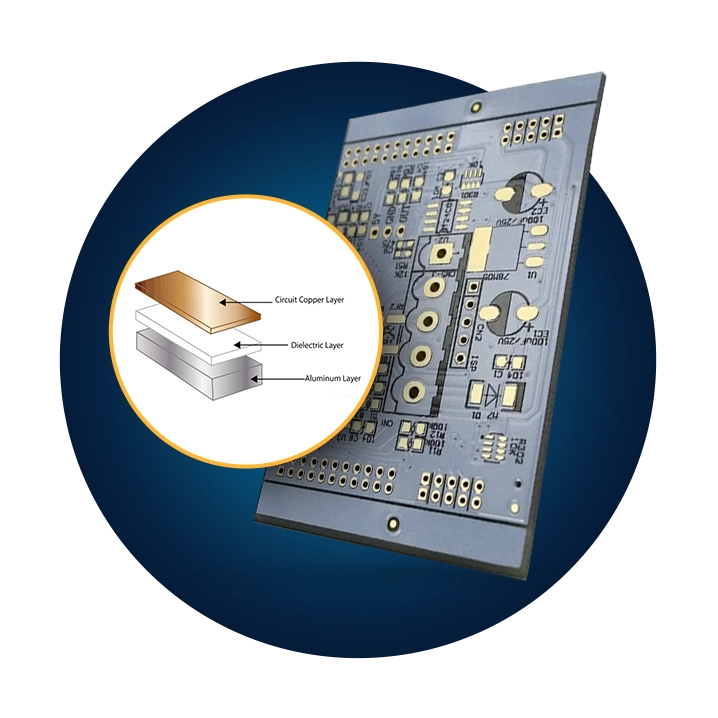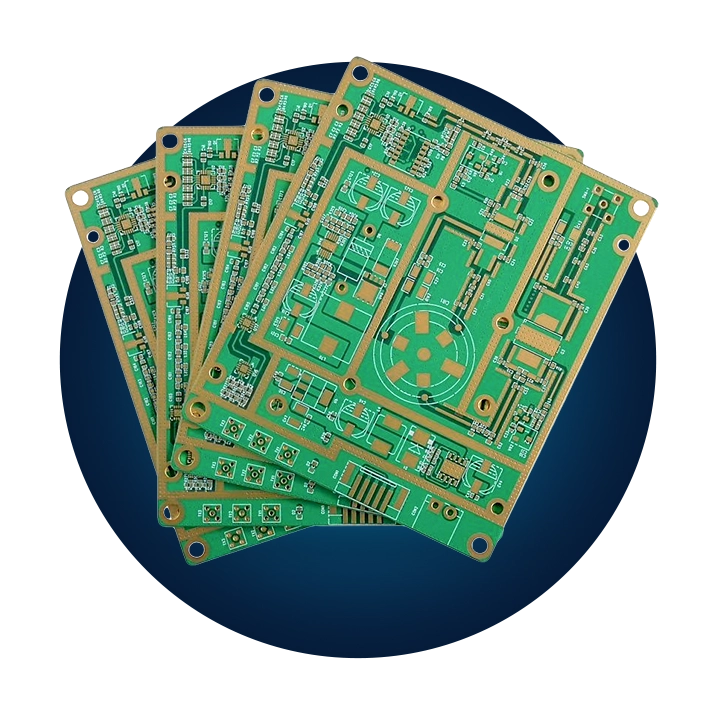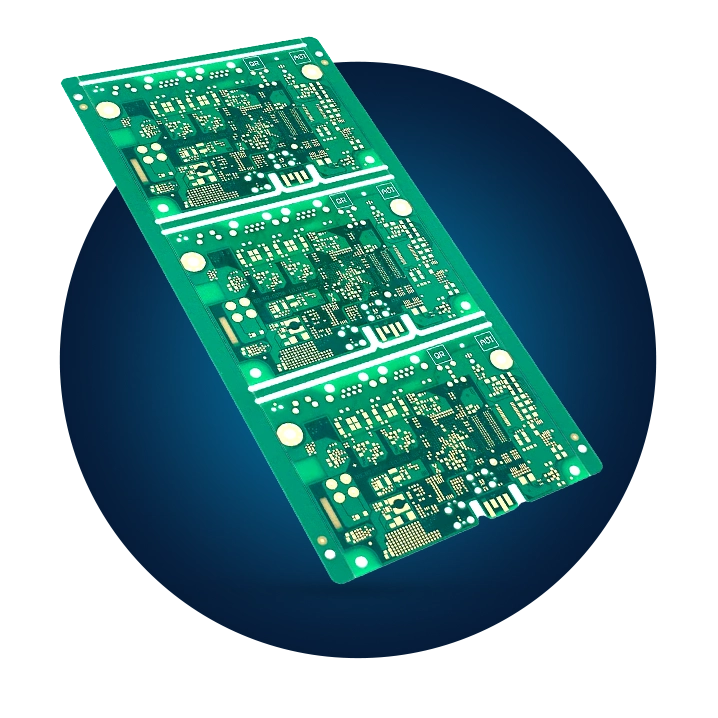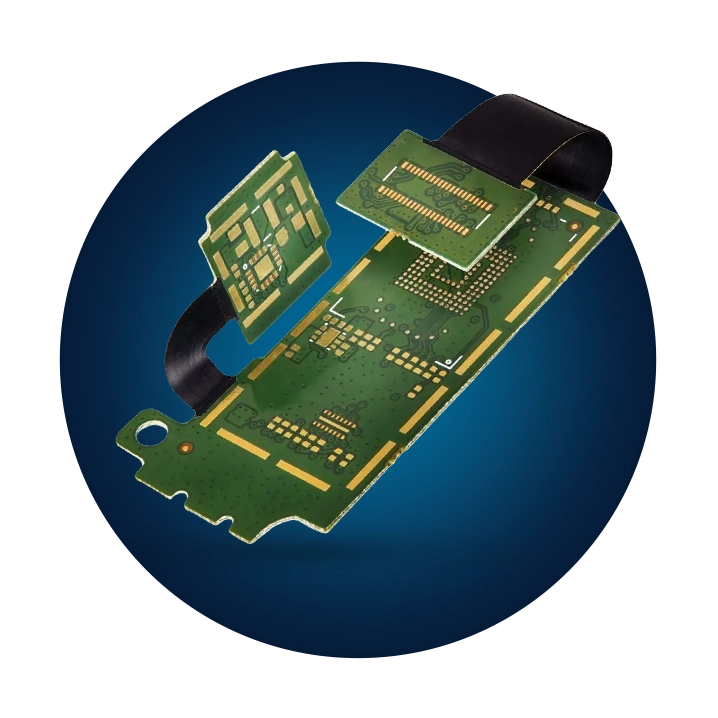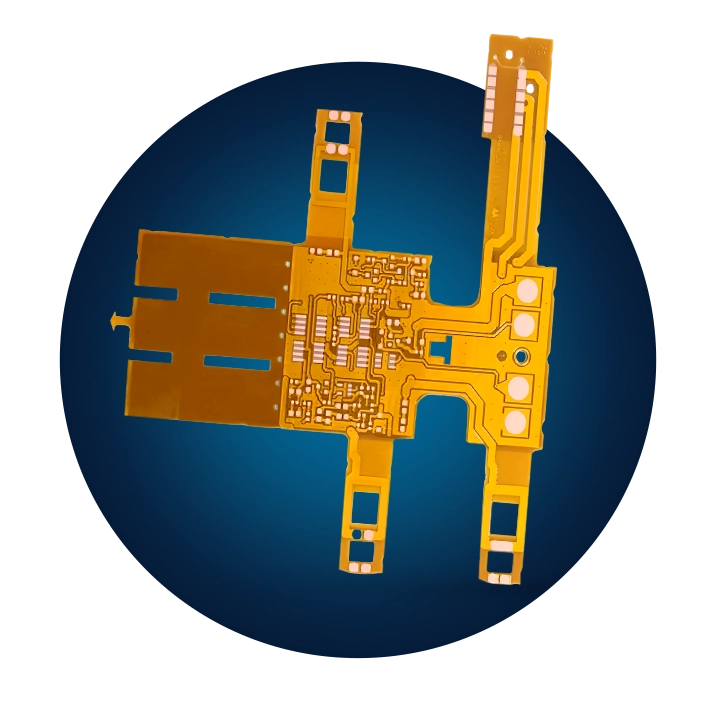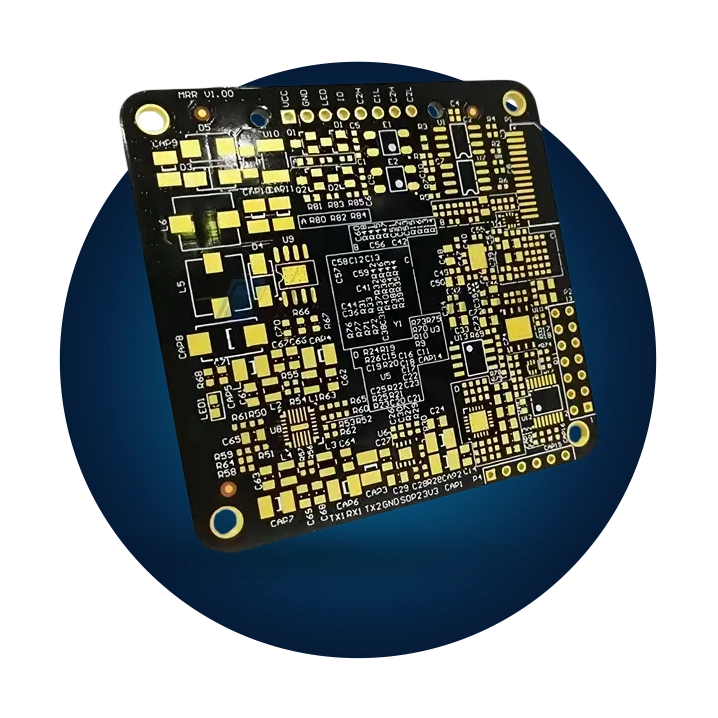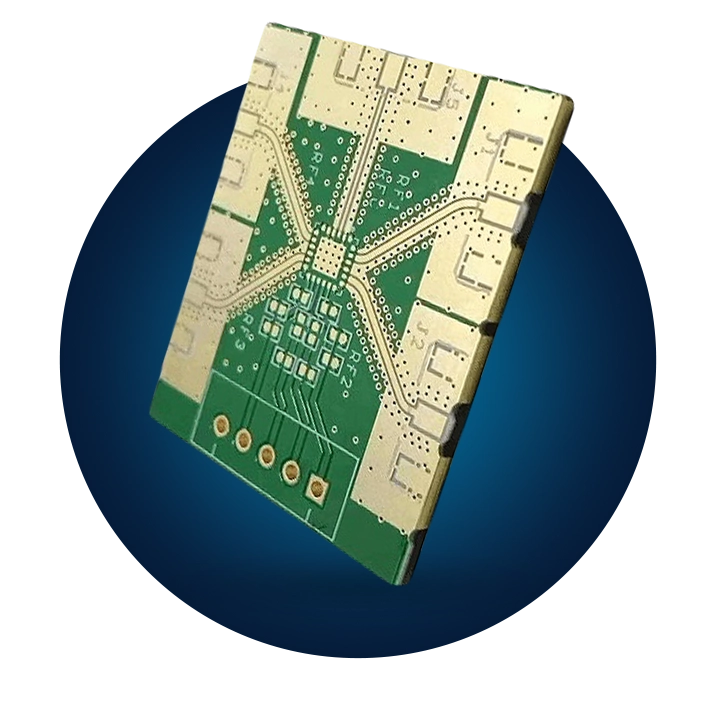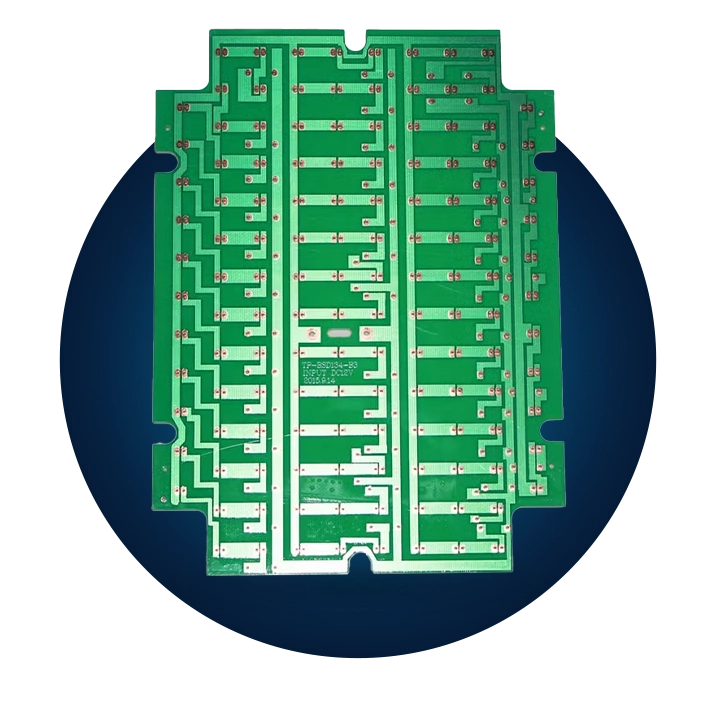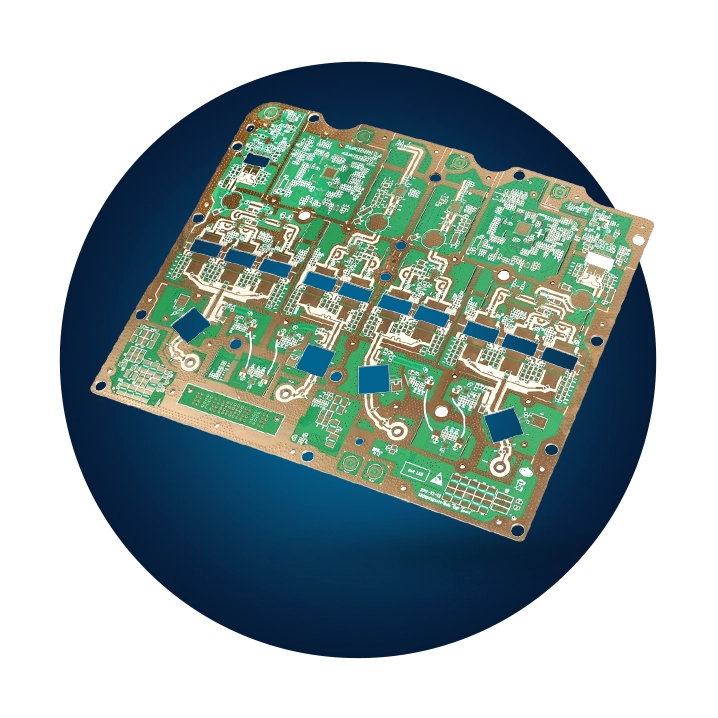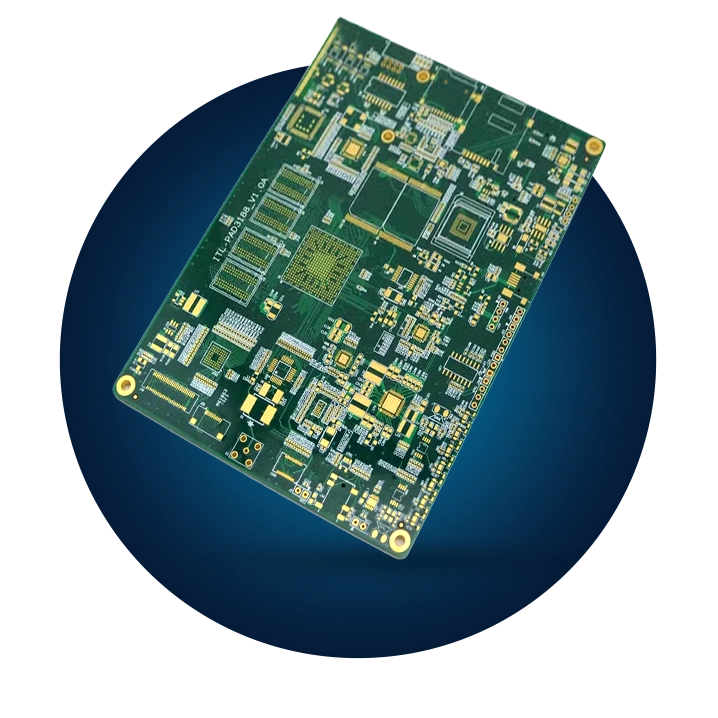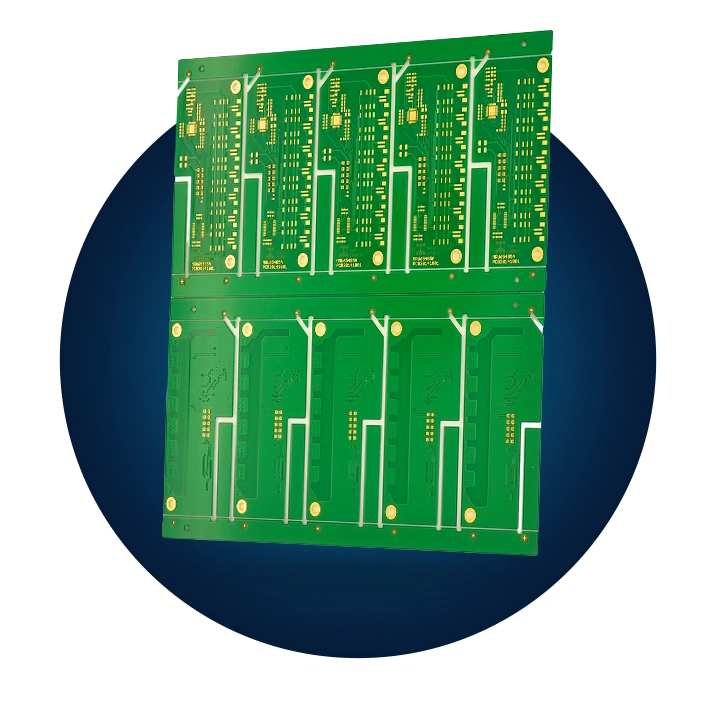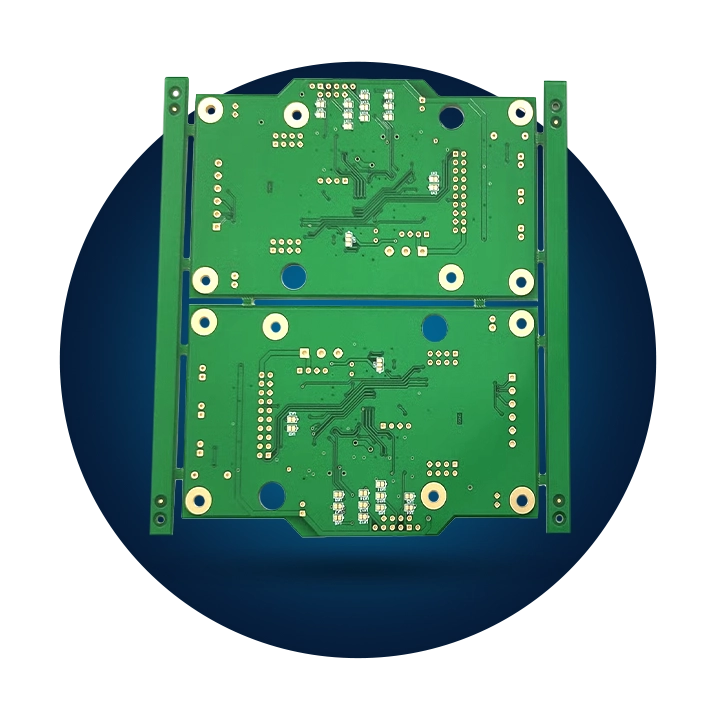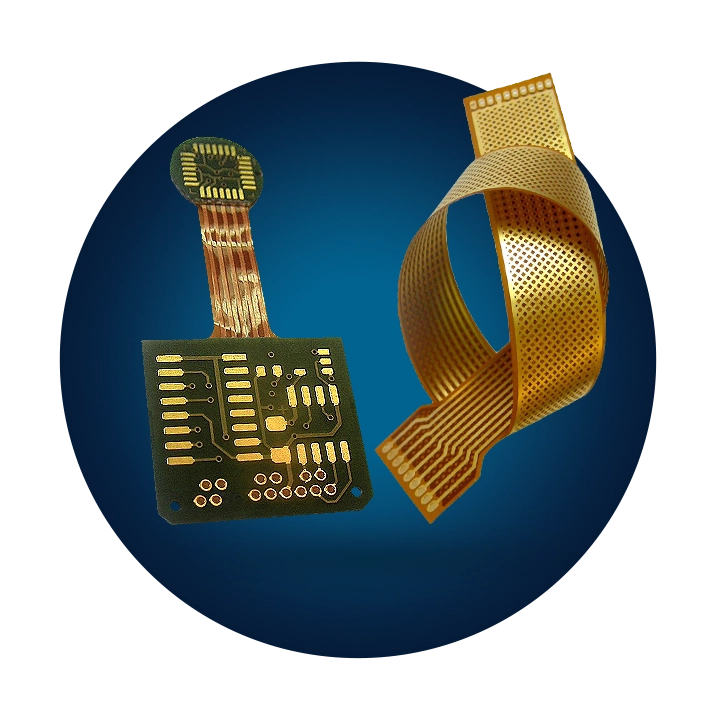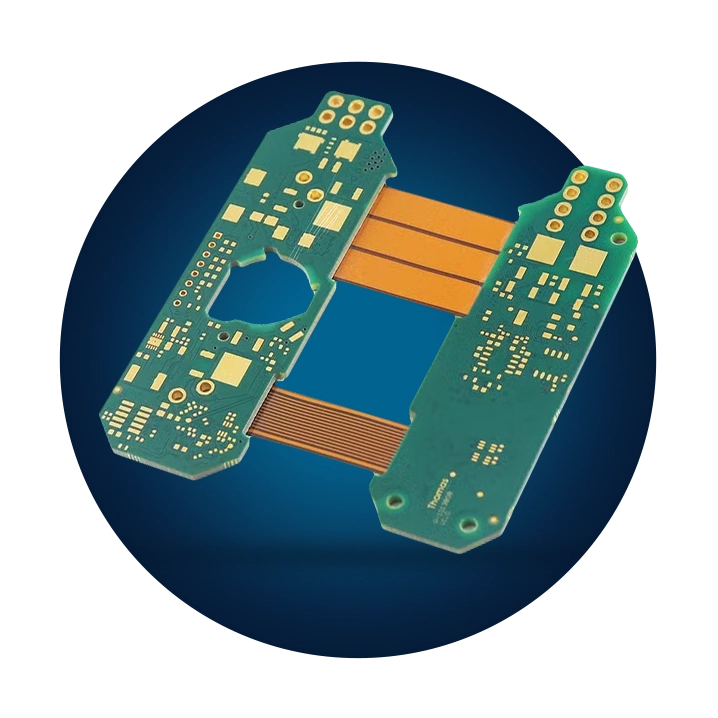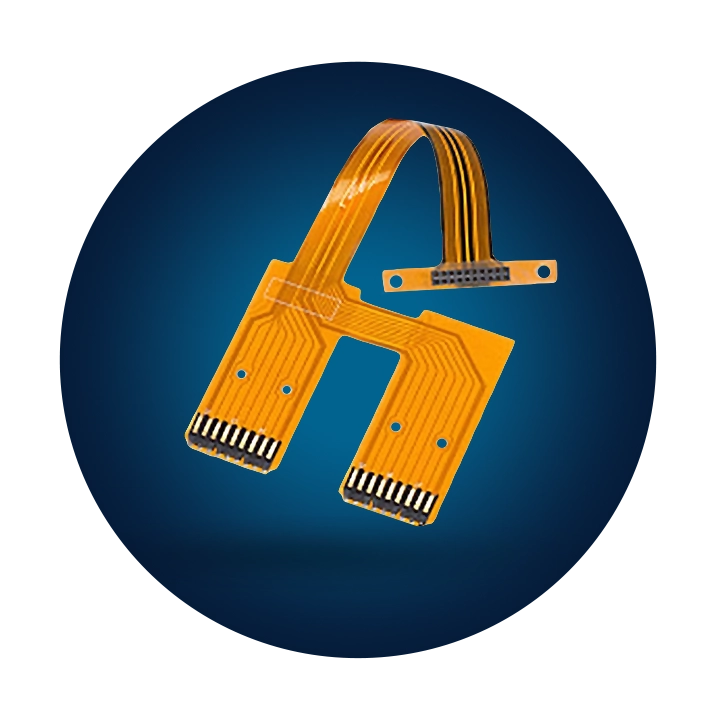.
At HighPCB, we specialize in PCB fabrication (Printed Circuit Boards), which are one of the most fundamental components in electronic devices. PCBs are used to connect and interlink the various components of a device. In this section, we will explore the different types of PCBs and the processes involved in their fabrication, helping you understand how to select the best PCB for your project.
HIGHPCB – PCB manufacturing and printing factory
The largest PCB manufacturing in China
Aluminum PCB Fabrication
LED systems, Power circuits, Automotive electronics
Rigid-Flex PCB Fabrication
Wearable electronics, Medical devices, Aerospace
High-Frequency PCB
Wireless networks, 5G technology, Satellites
Flexible PCB Fabrication
Mobile devices, Smart gadgets, Compact electronics
Rigid PCB Fabrication
Consumer electronics, Industrial automation, Power supplies
Washing Electronic Boards
Ensuring cleanliness, Preventing oxidation, Increasing longevity
High Frequency PCB Fabrication
high frequency pcb manufacturer
Rigid PCB Fabrication
Rigid PCB Manufacturer
Flexible PCB Fabrication
Flexible PCB Manufacturer
Why Choose HighPCB for Your PCB Fabrication?
At HighPCB, we focus on delivering high-quality, reliable, and cost-effective PCBs. Here’s a breakdown of our core capabilities:
Affordable Pricing
High-Quality Materials
Fast Turnaround Time
Expert Engineering Team
Customization
Comprehensive Quality Control
The PCB Fabrication Process
Understanding the fabrication process is crucial to selecting the right PCB for your project. Here’s a step-by-step breakdown of the typical PCB fabrication process:
1. Design and Prototyping:
The process begins with the creation of PCB design files (Gerber files) which detail the layout, components, and wiring of the circuit. During this phase, design is optimized for manufacturability.
2. Material Selection:
Based on the design requirements, the right material (rigid, flexible, aluminum, etc.) is chosen for the PCB.
3. Layer Formation and Etching:
For multi-layer boards, layers are stacked and etched to create the copper pathways that will form the circuit. Etching removes unwanted copper to leave the circuit design.
4. Drilling:
Holes are drilled into the PCB to allow for component placement and vias for electrical connections between layers.
5. Solder Mask and Silk Screen:
A solder mask is applied to protect the copper traces from external damage and to ensure proper soldering of components. Silk screening adds labels, logos, and part numbers to the board for ease of identification.
6. Final Testing and Inspection:
Each PCB undergoes electrical testing and visual inspections to ensure quality and functionality.
Choosing the Right PCB for Your Project
When selecting a PCB for your project, it’s important to consider the specific requirements of your design. The type of PCB you choose will depend on factors like:
Power Requirements:
For high-power applications, consider Aluminum PCBs for better thermal management.
Space Constraints:
If your design needs to be compact and flexible, Flexible or Rigid-Flex PCBs might be the best option.
Signal Integrity:
For applications involving high-frequency signals, such as 5G or RF systems, High-Frequency PCBs are the ideal choice.
By carefully evaluating your needs and understanding the characteristics of each type of PCB, you can ensure that your design meets both functional and manufacturing requirements.
Get Started with HighPCB
We make the process easy:
1. Submit Your Design Files:
Send us your PCB design files to start the process.
2. Receive a Quick Quote:
We’ll provide a transparent quote based on your project requirements.
3. Approve the Design and Start Fabrication:
Once confirmed, we begin the fabrication process.
4. Delivery
Receive your high-quality PCBs on time, ready for assembly.
Section
Contact Us



